Everyone will experience pain in their spine, waist, chest, or neck at least once in their lifetime. The first painful symptoms of articular cartilage and signs of pathological disease manifested in people in the average age category after 30-35 years.
Symptoms of osteocartilage degeneration cannot distinguish a person's sexuality and therefore affects the spinal cord vertebrae in men and women. However, there is a sad tendency to recover bone disease when osteochondria is observed in children in middle school and high school.
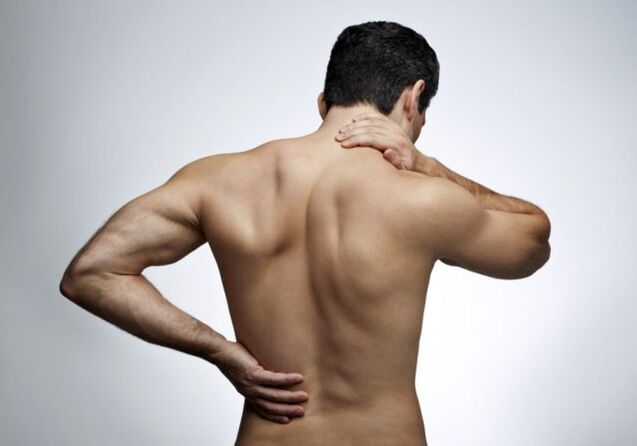
What's this?
The tenth international classifier for assembling diseases determines the disease categories of osteochondrosis and musculoskeletal system and connective tissue. Osteochondrosis is divided into several categories:
- Young osteochondral disease in the spine.
- Osteochondral disease in the spine of adults.
- Osteochondrosis of the spine is not specified.
The causes of osteocartilage degeneration are related to metabolic violations in the connecting tissues of articular cartilage, characterized by ligament changes in the musculoskeletal system and the general invasion of the musculoskeletal system of the musculoskeletal system.
Pain syndrome is caused by deformation disorders in the integrity of the intervertebral disc, resulting in axial displacement of the vertebral bones, and therefore the nerve roots in the vertebral bones are clamped. The symptoms and signs of osteochondrosis affect any part of the vertebral system and sometimes develop for several years, they do not cause a person's discomfort.
In most cases, the causes of osteochondrosis are related to a person's professional activities. The risk group includes the following specialized categories:
- Accounting;
- cashier;
- IT workers;
- Office staff;
- Professional athlete;
- Vehicle drive.
However, it is pointed out that signs of osteochondria manifest more frequently in women than in representatives of stronger genders. Many medical experts believe that the cause of osteochondrosis is wearing high shoes for a long time. Typically, after 25 years, women diagnose the first symptoms of neurological disease.
Osteochondrosis is often caused by pregnancy. A person’s lifestyle does not matter. People who are prone to obesity make up the largest percentage of patients in neurologic clinics. It is also very important for a person to be properly pose and grow. It is in such patients that osteochondrosis in the spine is most commonly identified.
Typically, expected factors for disease development include:
- Obesity;
- Physiological aging of the bone and muscle system;
- Metabolic invasion;
- Trauma state of the spine;
- infectious damage to spinal joint components;
- Improper nutrition;
- Hard physical labor;
- A sedentary lifestyle.
However, the most important factor in the development of neuropathology is a person's hereditary (genetic) tendency towards joint diseases, which makes one feel himself in childhood or youth.
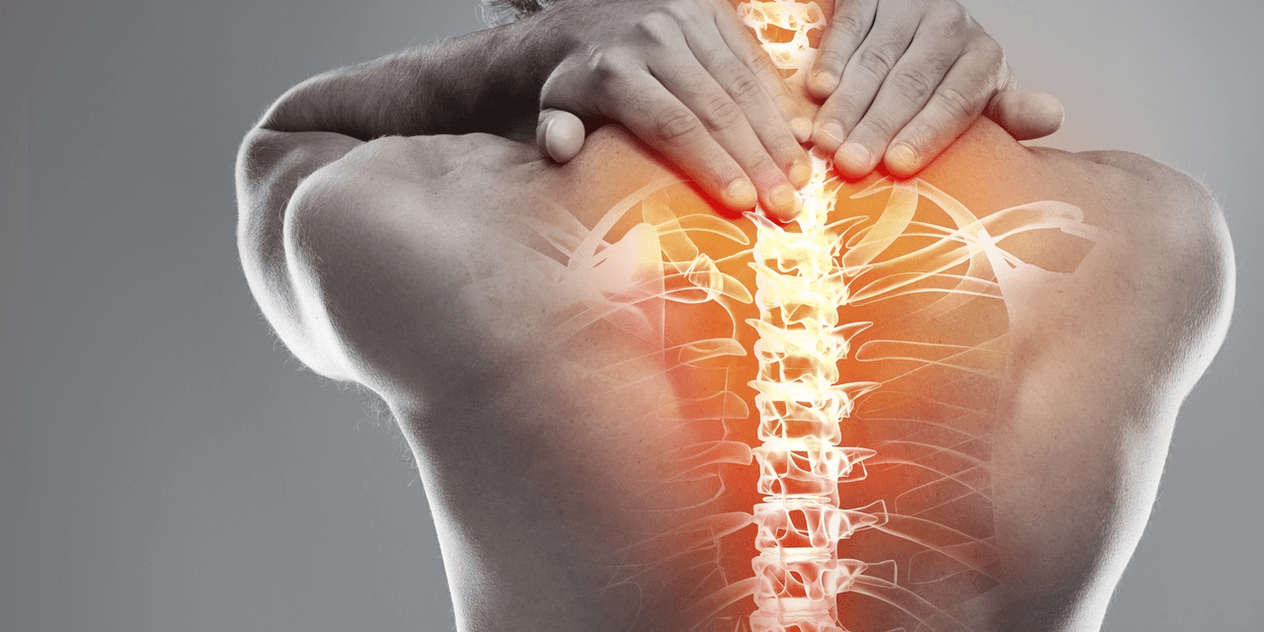
The development of disease
By osteochondrosis, symptoms and treatment are determined according to the severity of the disease. Therefore, the development of osteochondrosis has four stages of disease progression:
- The first stage is the beginning of pathological neuralgia, characterized by dehydration of the hilar nucleus in the intervertebral disc. Therefore, microcracks appear in the fibrous annex. At this stage of neuropathology development, the signs and symptoms of osteochondria do not cause special discomfort. The affected department of the spine is only involved in the case of active body movements.
- The second phase in a diagnostic laboratory examination is determined by reducing the height of the disc and its distance. A classic sign of pathological state is the beginning of ligament sagging in the musculoskeletal system. Symptoms of secondary degree osteochondrosis - In the case of pain or pulling pain, pain can occur in areas with damage to the support system, even with mild physical fatigue.
- The third stage is partly restricted in the mobility of the spinal joint segments. At this stage of neuropathological development, prolapse and disc herniation occur. In some cases, vertebrae form articularity. Depending on the location of the injury area, the patient will experience painful symptoms of osteochondral toxin in the neck, back, or lower back.
- The fourth stage is the most difficult neurological disease in the vertebral system, which partially or completely limits joint mobility. In such a diagnostic state, bone growth (bone plants) is formed in the position of vertebral compounds that cause microdamage to nerve branches and adjacent spinal fragments. In most cases, the symptoms of fourth degree osteochondrosis do not cause pain and unpleasant feelings because the joints will gain a petrified appearance.
type
In neurology, osteochondrosis is divided into several types:
- Neck osteochondral disease in the spine.
- Osteochondrosis in the thoracic cavity in the vertebral system.
- Lumbar vertebrae disease in the spine.
When several departments of the musculoskeletal system fall into the injury area, there is also general osteochondral disease on the back.
symptom
Consider what causes osteochondrosis and the symptoms of neurological disease manifested in specific areas of injury.
Cervical osteochondrosis, symptoms and signs:
- Symptoms of pain in the cervical spine and occipital bone.
- Weakness of the neck muscles.
- Dizziness and headache in the temporal and/or occipital lobe.
- Unstable intracranial pressure.
- During tilting and/or head turn, tighten or click on the neck.
- Shoulder or forearm pain.
- Numbness in the upper limbs, especially the fingers.
With the neuropathology of the chest and spine, osteochondrosis is manifested by the following symptoms and signs:
- Heart pain.
- Chest pain symptoms breathing.
- Pain under the shoulder blade.
- Chicken skin crawling inside.
- Compression in the chest area and numbness in the limbs.
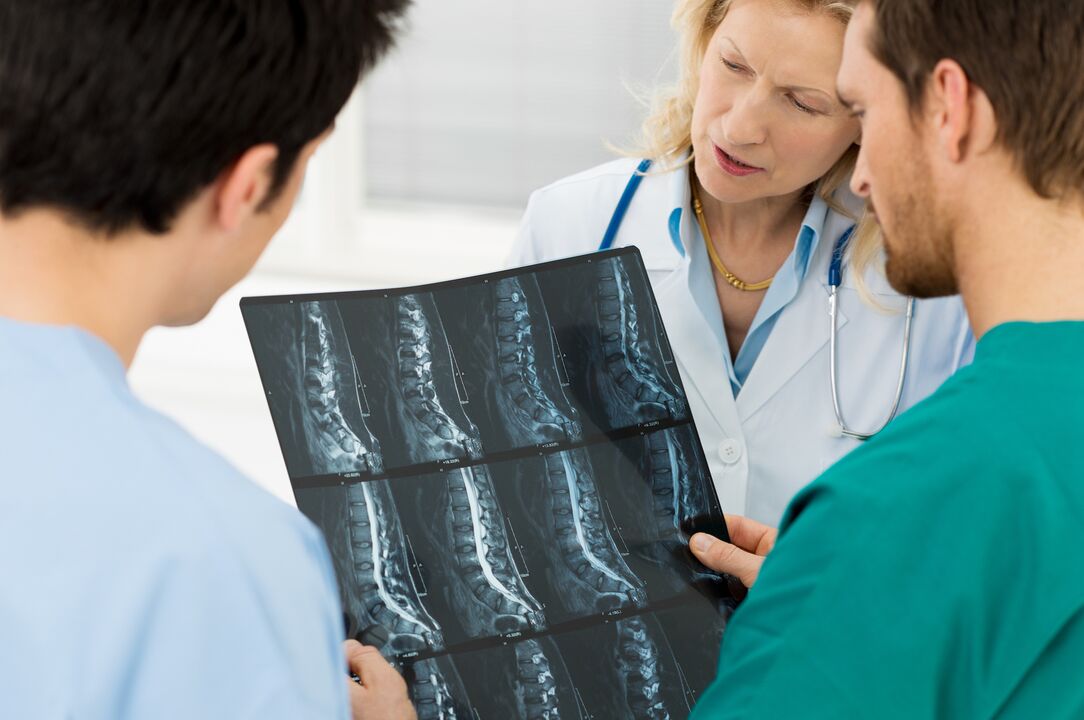
Before treating osteochondrosis in the chest area, it is necessary to clearly diagnose neuropathology, as the symptoms are very similar to other diseases of the respiratory, cardiovascular and gastrointestinal system.
Osteocartilage in the back is the most common category of neurological diseases in the vertebral system. The sacrifice and/or the waist part of the spinal musculoskeletal structure falls into the failure zone.
Through back osteochondrosis, symptoms, causes and treatment, it is necessary to determine that it is distinguished because this anatomical part of the human body is most susceptible to various harms and neurological conditions. Usually, the vertebrae section of the lower back is bound by other clinical pathologies, such as sciatic nerve, isotropic, radiation inflammation, etc.
The main characteristic of belt neuropathy is increased pain during physical fatigue. Symptoms of spinal osteochondrosis:
- Leg sting.
- Back or lower back is often noted stupid or painful, and acute depreciation in these areas is often noted.
There was no difference in osteochondrosis in children and pain symptoms in adult patients. Degenerative nutritional diseases in children are the result of genetic dependence of the musculoskeletal system. However, when young organisms fall into the strongest overload of the musculoskeletal system, there is another reason for children. We are talking about professional sports or heavy sports work that children do.
diagnosis
Diagnostic examination includes the following measures:
- Medical history.
- X-Ray scan of the spine problem area.
- Bone marrow science.
- Computer or magnetic resonance tomography.
- Use NMR if needed.
treat
Effectively cure degenerative spinal disease, probably only in the initial stages of the disease when there are no complex factors and clearly identify the cause of osteochondrosis. Treatment of the disease means a comprehensive medical approach to addressing the problem.
In the initial stage, a drug effect on articular cartilage is developed, and a physical therapy procedure will help restore plasticity of the skeletal muscle system. The final stage of the entire treatment of the musculoskeletal system is to adhere to medical and preventive measures.
After determining the symptoms, signs and causes of osteochondrhea myelosis, neuropathological treatment begins with conservative treatment, which can eliminate pain syndrome and relieve inflammatory stress in spinal tissue structures. Relief of pain symptoms is achieved through various therapeutic blockades, epidurals and other actions. The medical staff’s services offer a wide range of medication groups and medications that will allow you to stop the pain load and reduce muscular osteopathy syndrome. Use physical therapy to restore vertebrate activity:
- The role of static magnetic fields;
- Use of low-frequency currents;
- Ultrasound correction;
- Laser radiation, etc.
During recovery and prevention periods, it is very effective in the use of massage (hydrotherapy), physical therapy and physical therapy (sports therapy), thereby enhancing the muscle corset in the lower back, chest or cervical part of the vertebrae system and helping to reduce stress at the nerve roots.
Dietary advice for neuropathology
Proper medical nutrition is very important because it increases the activity of drug treatment. There are no special conditions when choosing a diet. Dietary advice is based only on restricting certain foods and following a balanced dietary rule. The products used should provide the human body with the necessary beneficial vitamins and mineral ingredients and have the least amount of salt.
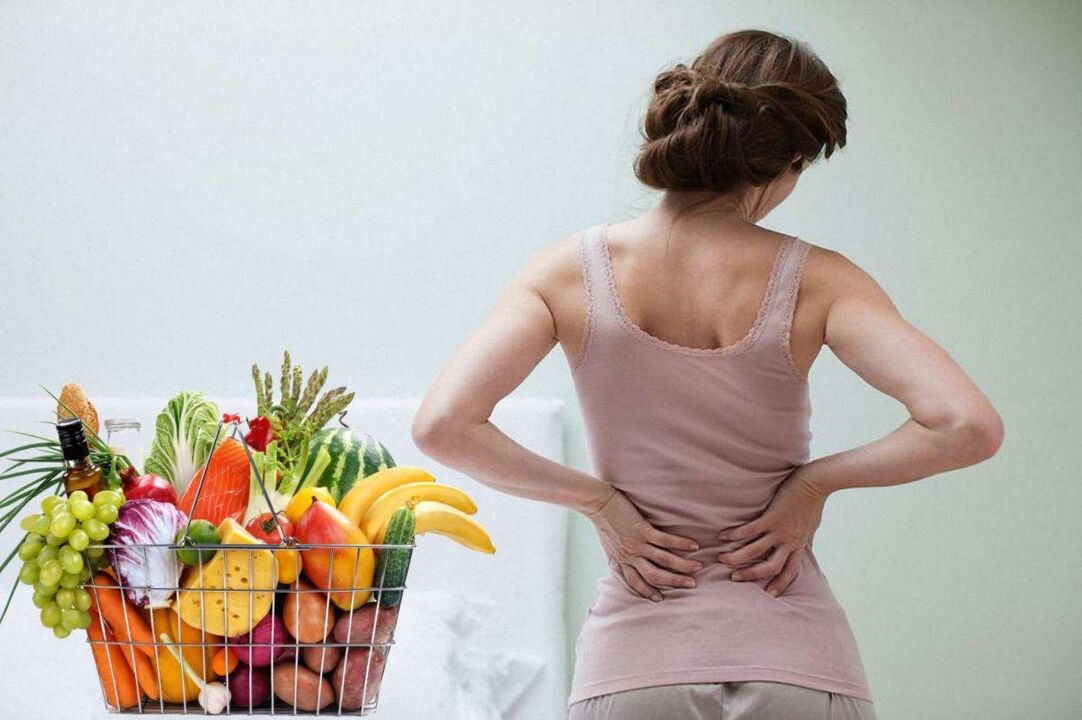
Recommended food:
- Fresh vegetables (carrots, cabbage, onions, tomatoes, cucumbers and other natural agricultural gifts).
- Dairy and dairy products (kefirm, fermented roasted milk, cheese, sour cream).
- Low-fat meat and fish in the diet.
- Fresh fruit and juice.
- Mushrooms, nuts, sunflower seeds.
Foods that should be limited in daily diet:
- Grape.
- Beans.
- Sugar, salt, smoked and pickled products.
- Sharp seasonings, tea, coffee, flour products, etc.
It is important to know that using two liters of pure water per day will stimulate the running of spinal joint elements and improve gastrointestinal peristalsis.
Traditional medical recipes
Traditional medicine treatment is another way to affect the structure of the spinal joints. However, this treatment must be performed with the formal prescription drug.
Recipe 1. saber. Alcohol tin agents from turf plants can be erased with the problematic spinal area. In 200 g. Dry raw materials are used from 500 ml of alcohol or product (alcohol).
Recipe 2. Household ointment for osteochondrosis. Composition of ingredients:
- Flour - 1 tablespoon. L. ;
- Egg-1.
- Butter - 80g;
- Meal vinegar (9%) - 1 tablespoon. l.
All therapeutic ingredients are well mixed and exhibited in dry and dark places for 2-3 days. Rub the medication into the problem area of the vertebrae corset.
Recipe 3. tin agent for black radish. To prepare for rehabilitation, it is necessary to:
- 100 ml of vodka or diluted alcohol;
- 200g natural beekeeping products (honey);
- 300ml fresh black radish juice.
All ingredients are mixed together and the cost is 12 hours. Such home compression will not only be an effective treatment for osteochondrosis, but will also contribute to other neurological disorders of the musculoskeletal system, such as radiation inflammation or rheumatism in the bone frame joints.
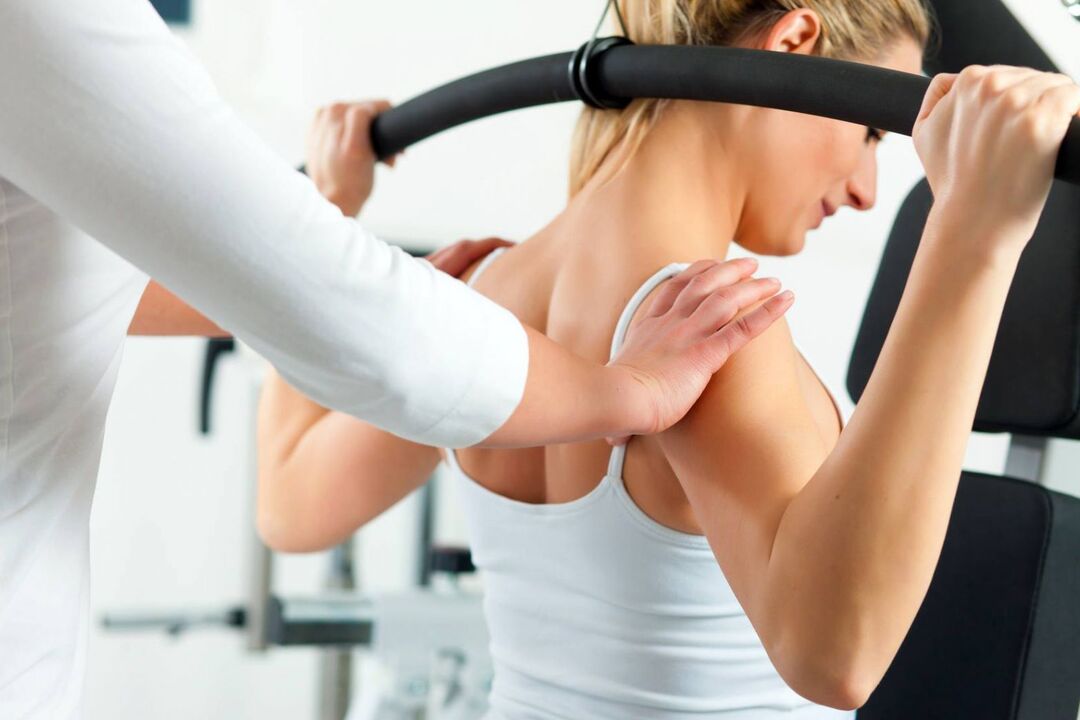
Preventive measures
Preventive treatment includes proper nutrition, personal and hygiene, and compliance with dormitory health codes. You should also protect your body from exposure to infectious and bacterial agents. Daily physical education, walking in fresh air, water surgery in summer and winter, will have a favorable impact on the entire body, especially the joint segments of the spine. It is especially important to perform preventive medical behaviors with a growing body (i. e. , children).
Take good care of yourself and be healthy forever!

























